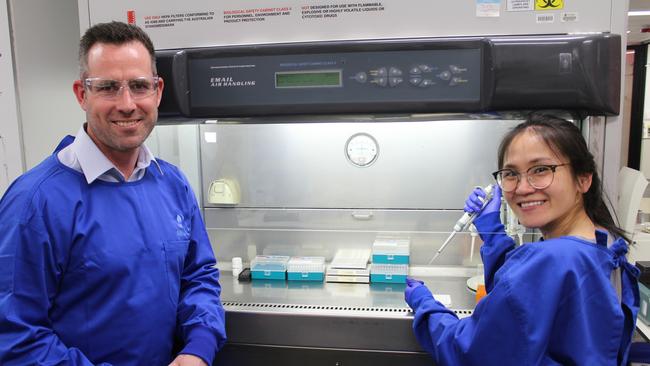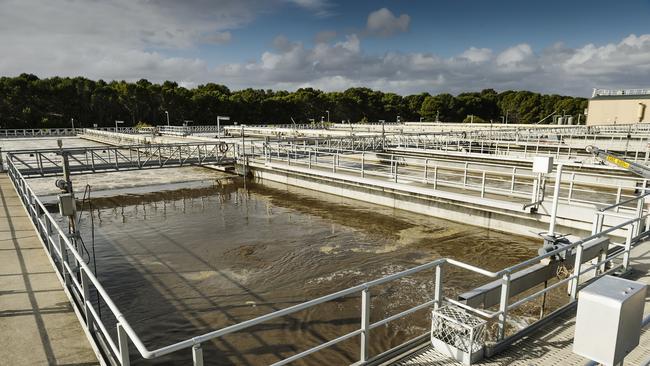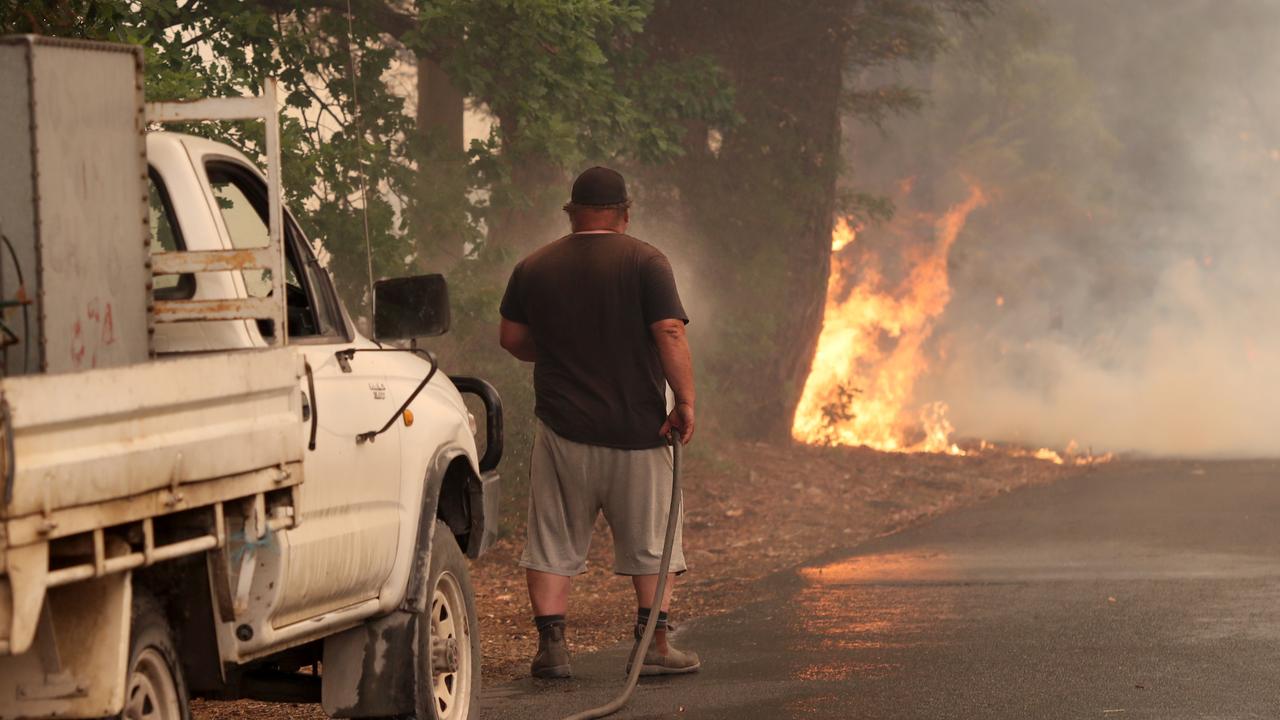SA Water COVID-19 wastewater testing reveals Adelaide hot spots
COVID-19 test results from SA Water’s first complete survey of Adelaide wastewater samples reveals two distinct locations. See the map here.

Coronavirus
Don't miss out on the headlines from Coronavirus. Followed categories will be added to My News.
Glenelg has been revealed as one of two COVID-19 hotspot locations in SA Water‘s first complete survey of Adelaide’s wastewater.
SA Water has expanded wastewater testing for COVID-19 to hone in on hot spots through a network of 22 sampling locations across the city.
SA Health says the COVID-19 positive sample detected in the Glenelg sub-catchment area “is likely linked to one of our positive cases”.
The Glenelg sample was collected last Wednesday November 25.
SA Water handed the results to SA Health on Thursday November 26 and told The Advertiser to follow up with SA Health on Friday November 27.
But when The Advertiser called on Friday, a spokeswoman for SA Health said the results were “still being analysed”.
Then on Sunday, SA Health announced a series of new COVID-19 health alert locations, after a male student of the Intensive English Language Institute at Flinders University tested positive to COVID-19. This was his second test, taken on day 12 after casual exposure to the virus on campus.
It is possible that this man, who went on a 3-hour shopping spree after lockdown on Sunday November 22, lives in or around Glenelg, as the last location visited that day was the Boost Juice Shop on Jetty Road from 3.20pm to 3.30pm.
However after testing positive to COVID-19, he would have been moved into quarantine at one of the medi-hotels in the CBD.
SA Health confirmed that the two positive COVID-19 sewage samples, taken at Glenelg and the CBD, had been “collected in areas linked to positive cases associated with the Parafield Cluster and the medi-hotel”.
“Testing wastewater provides an additional source of information with regards to the virus in the community,” a spokeswoman said.
“Oral and nasal PCR testing remains the best method for detecting COVID-19 in SA.
“These results can however help us inform additional surveillance strategies, such as increased clinical testing in certain areas.
“We strongly encourage everyone with symptoms – no matter how mild – to get tested.”
SA Water senior manager of water expertise and research, Dr Daniel Hoefel, says it’s “absolutely” reassuring that COVID-19 was only detected at those two locations and not all over the city.
“I think what’s reassuring here is that we’re not picking up anything in the wastewater that is not unexpected, if that makes sense,” he said.
“So it’s all aligning with what the clinical testing is showing. So, that that should give people a higher level of confidence, and it’s certainly giving SA Health another tool in its armoury to make the public health decisions with.”
The most recent detections at the Bolivar Wastewater Treatment Plant, related to international arrivals in medi-hotels, go back to October 31.
However until now, samples were only taken at the three wastewater treatment plants, Bolivar, Glenelg and Christies Beach.

Dr Hoefel is rightly proud of the team’s efforts to create a successful sentinel service in a matter of months.
They won an award for Excellence in Research and Development at the Australian Water Association’s South Australian Water Awards.
“We can get a result within eight hours of getting the sample back to the lab,” Dr Hoefel said.
“Then, we have an agreement with SA Health, that if we do have a positive, it’s immediate notification.”
As SA Health principal water quality advisor Dr David Cunliffe explains, wastewater surveillance can support early detection of disease.
“There has been some evidence from overseas that they’ve detected COVID-19 in wastewater before it was detected clinically, that has happened,” he said.
“We’d expect that if you had a number of cases here that you’d pick it up, so for example with Bolivar, we are picking up cases in the medi-hotels, which is reasonably impressive when you think of the number of cases and they’re in a catchment of 700,000 people.”
Last month the team realised that weekly sampling at the city’s three wastewater treatment plants, Bolivar, Christies Beach and Glenelg, was not fine-grained enough to pinpoint problem areas.
“If you’re trying to pick up one case in 700,000 that’s a fair challenge,” Dr Cunliffe said.
“So we took the decision to break the catchment down into smaller segments to increase the sensitivity. We aimed at an average of catchments that served about 50,000 people.”
Then when the Parafield Cluster emerged, they began to roll out the more refined sampling strategy, starting with the Salisbury area.
They took two samples in Salisbury and four in the Le Fevre Peninsula, “going down as far as Henley Beach” in mid-November.
Of the six samples taken on Tuesday November 17, there was one positive sample in the Salisbury area, which was expected.
Contrary to popular belief, the test works on more than one type of human excretion.
“We know that about 50 per cent of people excrete the virus in faeces (poo),” Dr Cunliffe said.
“But some people throw tissues into the toilet and when you shower, if you have an infection then secretions go down the sink or down the bath plughole.
“If you clean your teeth, same thing, you know fluids, get washed in. So the materials actually comes from a mixture of sources.”




